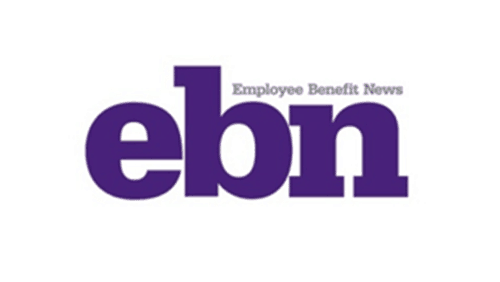
Student debt has more than doubled over the last two decades, affecting millions of U.S. employees. As a result, an increasing number of employers are considering offering educational assistance programs to attract and retain top talent. These programs not only provide financial support to your employees, they help to reduce their financial stress. Such programs also help address wealth, gender and racial inequality that contributes to higher amounts of student debt, particularly among minority populations.
Thanks to the Consolidated Appropriations Act (CAA) of 2021, employers can offer employees up to $5,250 annually in tax-free educational assistance, including tuition reimbursement programs and contributions toward student loans, until the end of 2025. However, while student debt assistance appears to be of value among potential candidates seeking out career opportunities, these programs are not widely offered among employers. Implementing such programs can be time-consuming and strain HR resources if done without proper preparation and the right partners.
Conducting a pre-launch survey can help you determine the program's overall offering.
If you’re trying to decide if an educational assistance program is right for your organization, reach out for expert guidance and consider these five tips.
1. Get buy-in and assess the need
First, it’s important to get buy-in from decision-makers and establish a budget to see if your organization can afford such a program. Next, assess the need within your organization. Evaluate if higher education is vital to promotions and certain positions within your organization and assess how many of your employees are interested in pursuing continuing education, how many have student debt and how many would be interested in a reimbursement program. Conducting a pre-launch survey can help you determine the program’s overall offering and features to include based on your employees1 needs and demographics.
2. Determine the type of program to offer based on employee need and demographics
Educational assistance programs can look different for different organizations. Once you determine the need among your employees, look at the data to see what kind of educational assistance is most needed. Decide if your program should offer a financial assistance component for future education or professional development, a tuition reimbursement component, a student loan repayment plan or options like PTO conversion or 401(k) integration. For reimbursement plans, you also need to decide how the reimbursement will be structured, such as upfront or upon receipt of payment.
3. Educate your employees and communicate to launch the program
This benefit, like other fringe benefits, may only impact a small percentage of your employee population. Therefore, it should be communicated clearly and frequently to those it impacts. Educating your employees on this benefit and clearly communicating how to take part is key to your program being successful.
4. Consider the administrative and compliance burden of implementation
Employers often approach educational assistance programs with good intentions but encounter obstacles implementing and administering them. Be mindful of the capabilities of your current benefits administration system and the bandwidth of your HR department. Ask your team:
● Does your current benefits administration system have a preferred vendor list?
● Does your HR team have the bandwidth to administer this type of program? Will a vendor aid in the management of the program?
● Can your team verify the program’s compliance with the CAA, the IRS and ERISA rules and regulations as well as non-discrimination testing requirements?
These requirements shouldn’t dissuade employers from exploring these benefits. Be realistic about expected utilization and how much additional workload your HR team can take on. Often, these programs are best with an experienced partner.
5. Partner with experts
Educational assistance programs are highly complex and require strategic, practical and legal assistance. Consider working with a benefits consultant to help establish best practices, ensure compliance and aid in the management of the program. If implemented correctly, your organization can offer a highly desired benefit that helps improve employee financial wellness, increase productivity and retention and attract top talent.
1 SHRM.org






